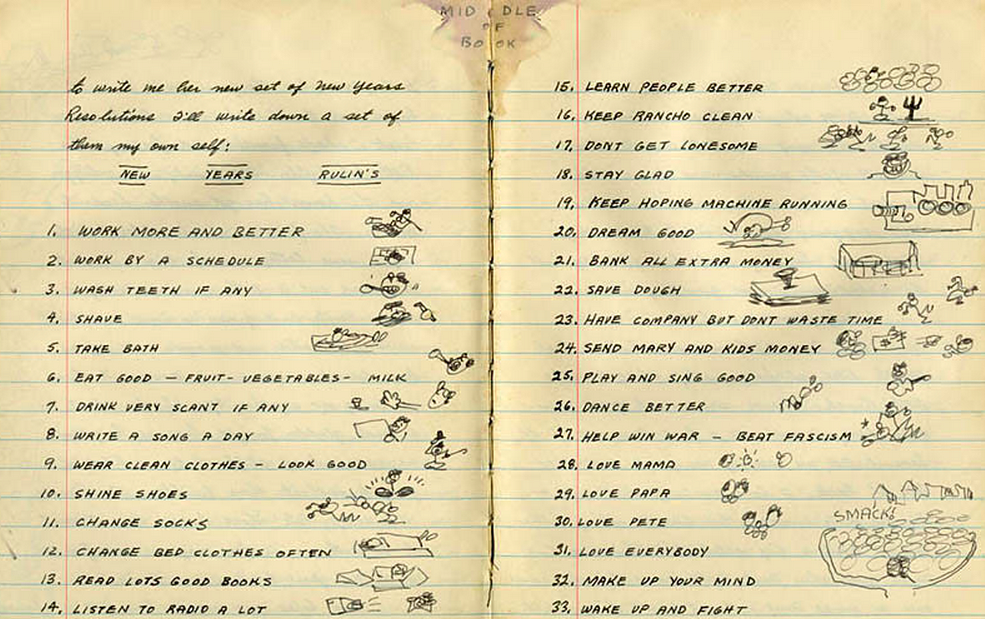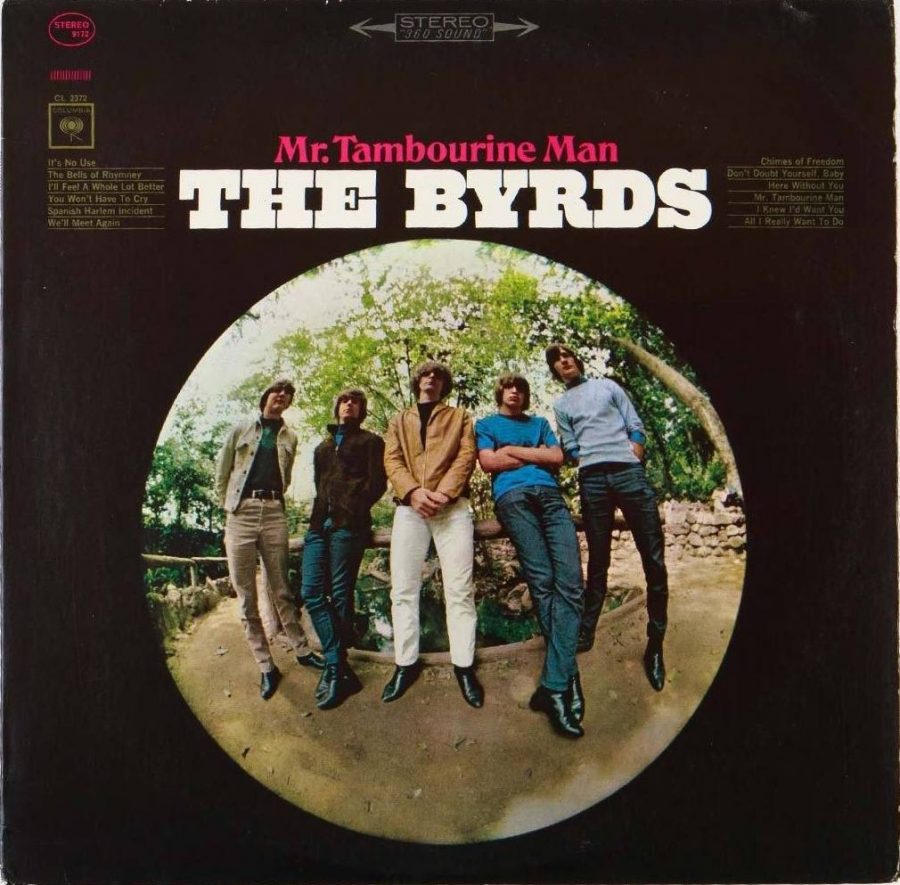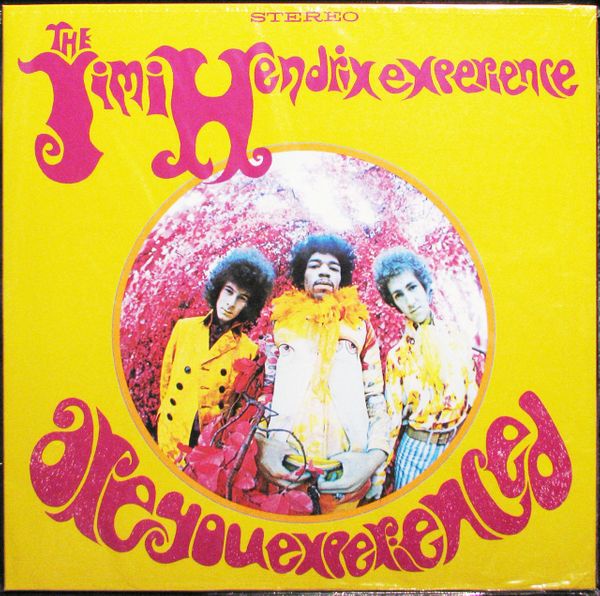Despite the dourest demeanor in literary history and a series of plays and novels set in the bleakest of conditions, there’s no doubt that Samuel Beckett was foremost a comic writer. Indeed, it is because of these things that he remains a singularly great comic writer. The deepest laughs are found, as in that old Mel Brooks quote, in the most absurdly tragic places. In Beckett, however, characters don’t just tell jokes about the wretched exigencies of human life, they fully embody all those qualities; just as the best comic actors do.
It’s true that some of Beckett’s characters spend all of their time onstage immobilized, but the playwright was also a great admirer of physical comedy onscreen and drew liberally from the work of his favorite film comedians. Veteran vaudeville comic Bert Lahr, best known as The Wizard of Oz’s cowardly lion, starred in the original Broadway production of Waiting for Godot in 1956. “Beckett once wrote a film script for Buster Keaton,” notes theater critic Michael Kuchwara. Godot’s central characters, Vladimir and Estragon, evoke one of the most renowned of comedy duos, many of their gestures “obvious derivations from Laurel and Hardy,” as film historian Gerald Mast notes.
It is fitting then—and might meet with the approval of Beckett himself—that Robin Williams and Steve Martin, two of the most riveting physical comedians of the seventies and eighties, should step into the roles of the bumbling, bowler-hatted frenemies of Godot. The production, which took place in October and November 1988 at the 299-seat Mitzi E. Newhous Theater on Broadway, sold out almost immediately. Williams and Martin weren’t its only big draw. Mike Nichols directed, and the rest of the cast included F. Murray Abraham as Pozzo, Bill Irwin as Lucky, and Lucas Haas as the absent Godot’s messenger boy.
Sadly, we only have a few clips of the performance, which you can see in the grainy video above, interspersed with interviews with Martin and Irwin. These too will leave you wanting more. “I saw it as a comedy,” says Martin of his reading of the play. What this meant, he says, is that the laughs “must be served, almost first…. The comedy of the play won’t take care of itself unless it’s delivered.” Robin Williams, writes Kuchwara, delivered laughs. “His Estragon is a maniacal creature, verging out of control at times.”
Williams also veered “into some stage antics and line twistings that Beckett never would have dreamed of—giving hilarious imitations of R2D2 and John Wayne, complete with an improvised machine gun.” For his part, Martin had “a tougher assignment playing the subdued, almost straight man Vladimir to Williams’ more flamboyant Estragon.” Martin has always tended to submerge his maniacal comic energy in straighter roles. Here he seems perhaps too restrained.
For reasons that have nothing to do with the play, the tragic heart of these clips is seeing Williams as Estragon. Yet in the final few minutes, trained mime Irwin shows why his Lucky may have been the most inspired piece of casting in the show. We get a taste of his performance as he recites part of Lucky’s monologue. “Every gesture has been carefully thought out, not only for the comedy, but for the pain that lies underneath the laughs,” Kuchwara says.
Lucky is essentially a slave to Abraham’s domineering Pozzo, who keeps him on a leash. He gives one speech, when his master orders him to “think.” But in his verbiage and bearing, he conveys the play’s deepest pathos, in the form of the archetypal tortured clown, who reappears in Alan Moore’s joke about Pagliacci. When Beckett was asked why he named the character Lucky, he replied, with mordant wit, “I suppose he is lucky to have no more expectations….” It is as though, Mel Brooks would say, he had fallen into an open sewer and died
Related Content:
Hear Waiting for Godot, the Acclaimed 1956 Production Starring The Wizard of Oz’s Bert Lahr
Steve Martin Performs Stand-Up Comedy for Dogs (1973)
Robin Williams Uses His Stand-Up Comedy Genius to Deliver a 1983 Commencement Speech
Josh Jones is a writer and musician based in Durham, NC. Follow him at @jdmagness






